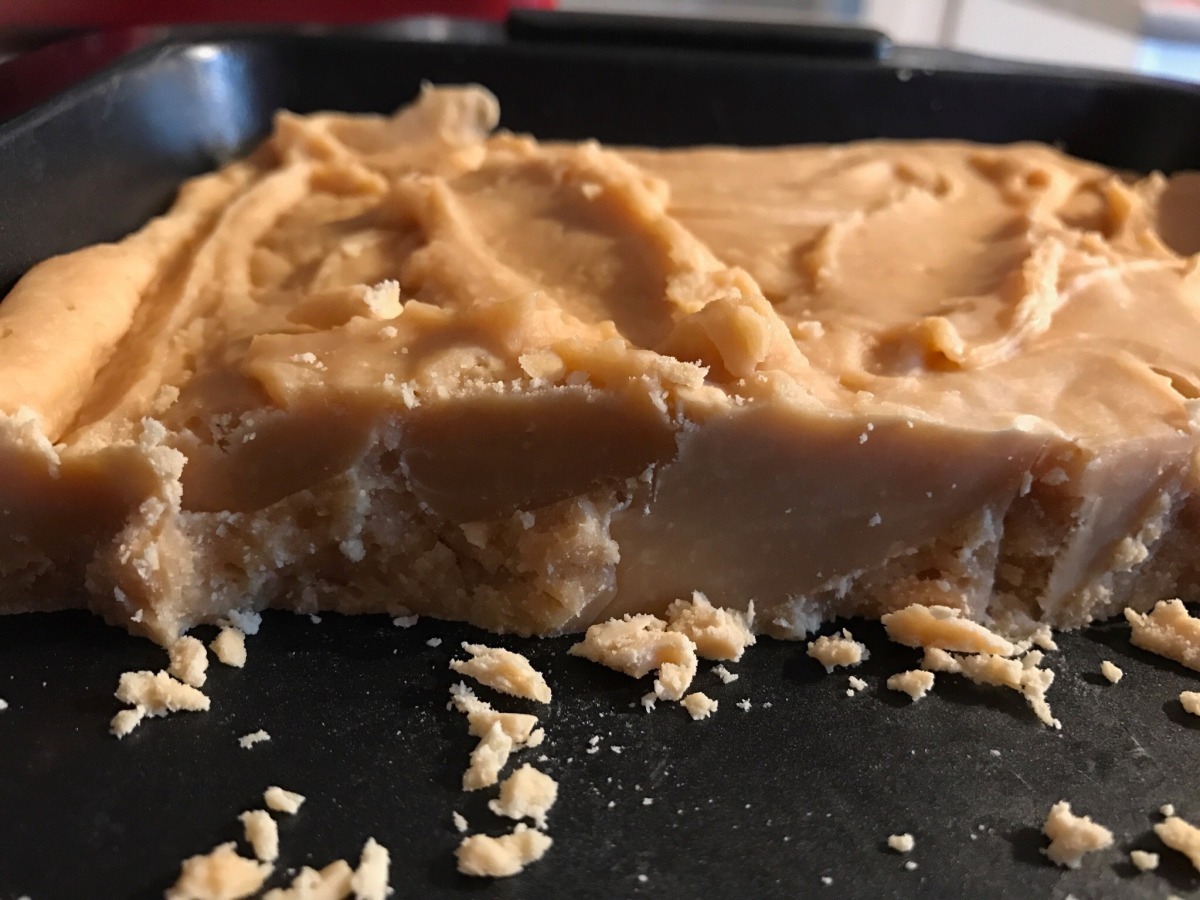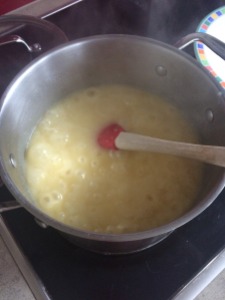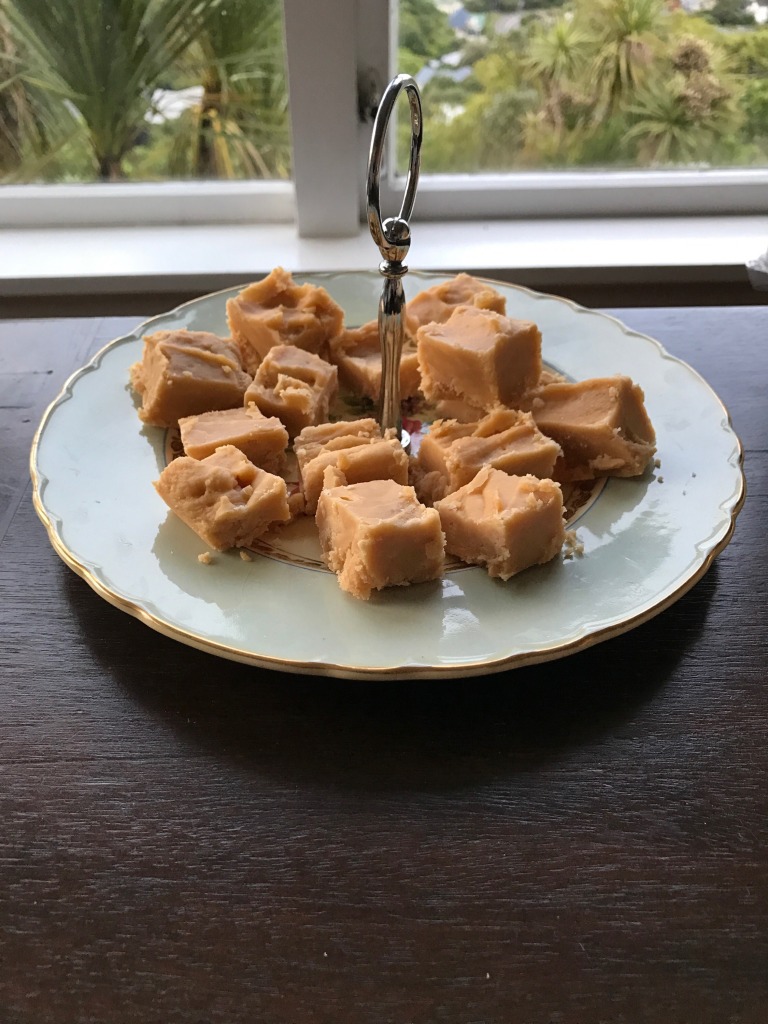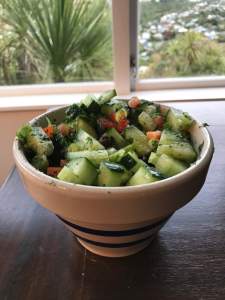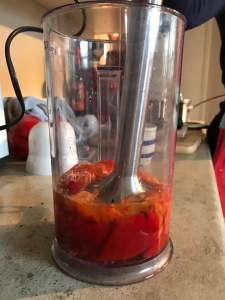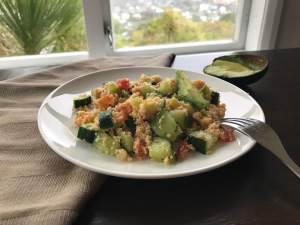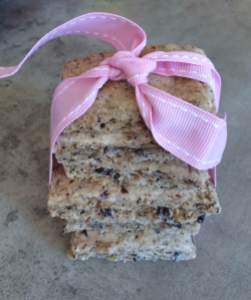
I was the happy competitor in a baking competition recently. I say ‘happy’ because how could you ever not be happy when you have a genuine excuse to make sweet delicious treats several times over? And the competition was for a great cause too…Good Bitches Baking and their inaugural Mystery Box Challenge.
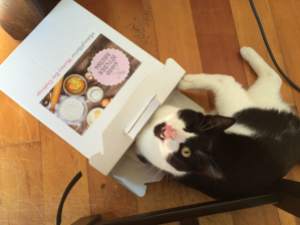
I was delighted to find coffee and dark chocolate in the mystery box. I would be delighted to happen upon this combination anywhere, granted, but having the opportunity to make two of my favourite things into something even better? Yippee is all I can say.
When in need of something sweet and decadent, shortbread is never too far from my thoughts. I’m a self-confessed butter-lover (yes, I did eat it in slabs straight from the block as a child). Shortbread may as well be a slab of butter that has been baked in an oven.

You might think shortbread couldn’t be any better and perhaps, even, should not be messed with. I’m sympathetic to this. There are few pleasures in life as scrumptious as a some buttery sweet shortbread and a hot drink, or during Christmas, a nip of single malt.
But do give this a go if you enjoy dark chocolate and coffee as much as I do…shortbread provides the perfect backdrop, and this can be whipped up without much bother. The ground coffee beans add a lovely coffee punch, but leave out or reduce if you want a hint of coffee rather than a cup.
For 10-15 pieces, you will need:
- 150g softened butter
- 1/2 cup icing sugar
- 1/2 cup cornflour
- 1 cup flour
- 2 T espresso or strong coffee
- 60g dark chocolate, chopped
- 2 T ground coffee beans
Pre-heat the oven to 150 degrees celsius.
Beat the butter and icing sugar together until light and fluffy. Sift the flour and cornflour together into the bowl with the butter and icing sugar mix. Stir lightly until just combined.
Add the coffee, chocolate and coffee grounds. Use a spoon to combine into the other ingredients until the mixture starts to form a dough.
Turn out onto a floured baking tray and knead lightly. Spread out into a circle or rectangle (up to you!) – it should be a lovely tan colour, like below. Cut into bars and prick with a fork.

Bake until slightly golden – about twenty minutes.

